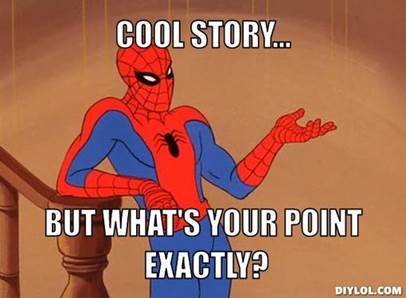Hi folks,
As you heard last week, I’m continuing to remodel a bathroom in my house. Which not only makes Home Depot my third space, but also adds a sense of adventure to potty-training my 3 year old.

It’s also been a good (re)education on the limit of my skills. Like how I described last week when I tried to stucco my walls and they ended up looking like Salvador Dali and Bob Vila had a party in my basement. So I reversed course, chiseled 200 pounds of concrete off my walls, and cried bitter tears over how much time I wasted on a project dead end.

Last week we talked about the need to embrace failure as a learning opportunity – and the steps you should take to extract value from your failures. Those generally look like:
- Actively look for failures
- Analyze them and uncover the root causes
- Get comfortable with failure through experimentation
In my case, finding the failure wasn’t hard. It was staring me in the face. But uncovering the root cause(s) was more challenging. I found two.
One, I took the first solution that came my way. I had a problem in front of me – how to cover a concrete block wall in a water/mold resistant way with only .5” of clearance – and lots of googling hadn’t yielded much help. So when I stumbled across this idea, I ran with it. It was only after I was halfway done that I came up with an alternative, superior solution. Had I let my creative process continue for a while rather than jumping at the first seemingly viable solution I found, I could have avoided a lot of wasted effort.
Two, and perhaps most instructive, I didn’t realistically assess my own skills prior to starting the work. It’s one thing to watch a few (dozen) YouTube videos on something, but it’s another thing entirely to actually execute it well. In my case, I knew from prior experience that I wasn’t really skilled at this art, but I stormed forward, blinded by the prospect of a solution to a difficult problem.

The point is this. That value can be extracted from failure if we put in some effort. Once I stopped lamenting my poor remodeling choice, I was able to 1) commit to a more thorough creative process next time and 2) commit to a more realistic assessment of my skills. So the next time I have a problem in front of me, I’ll be less likely to waste time and resources pursuing a solution I can’t effectively implement. And not only are these specific lessons ones we can all adopt, but the process of extracting value from failure apparently works. And all of these are lessons easily implemented as we pursue our mission within ECD.
So, boom – multi-layered value achieved.
Rex